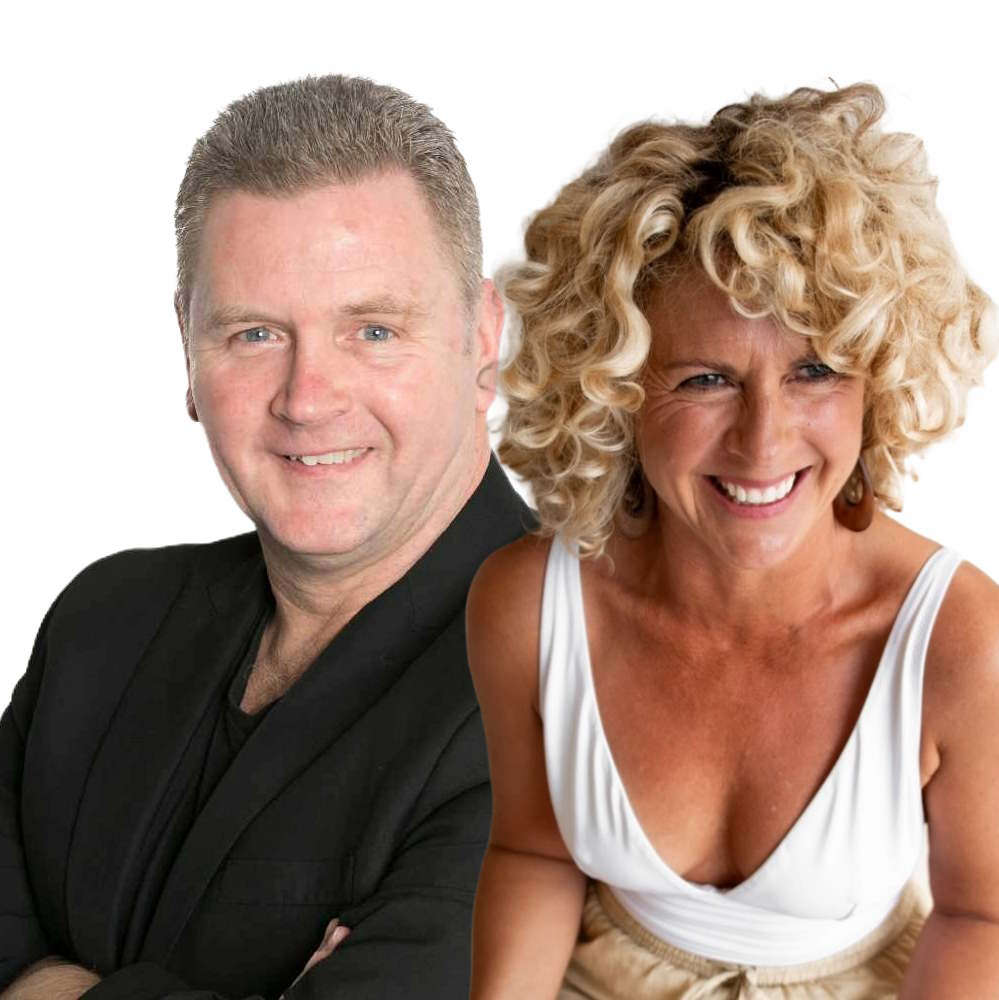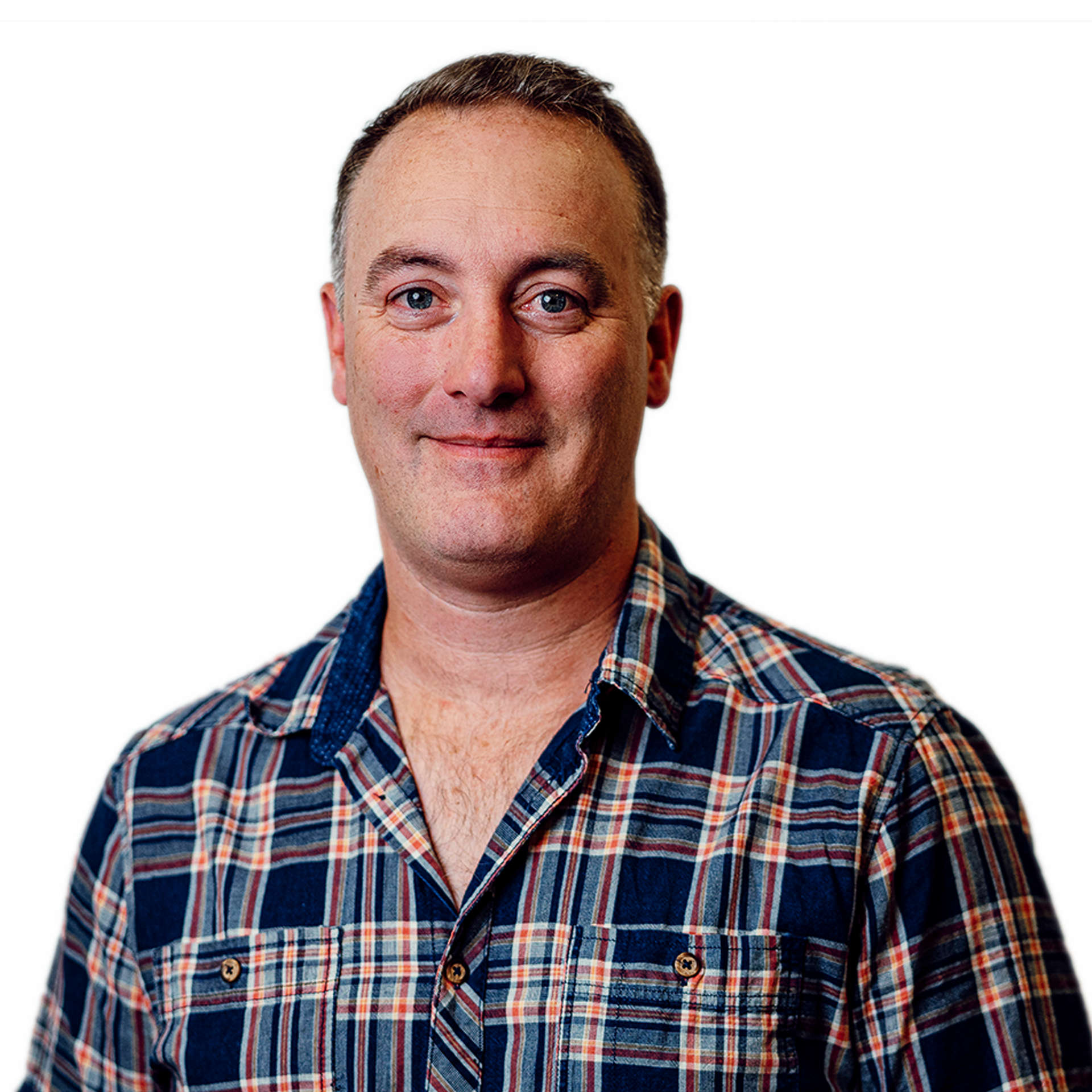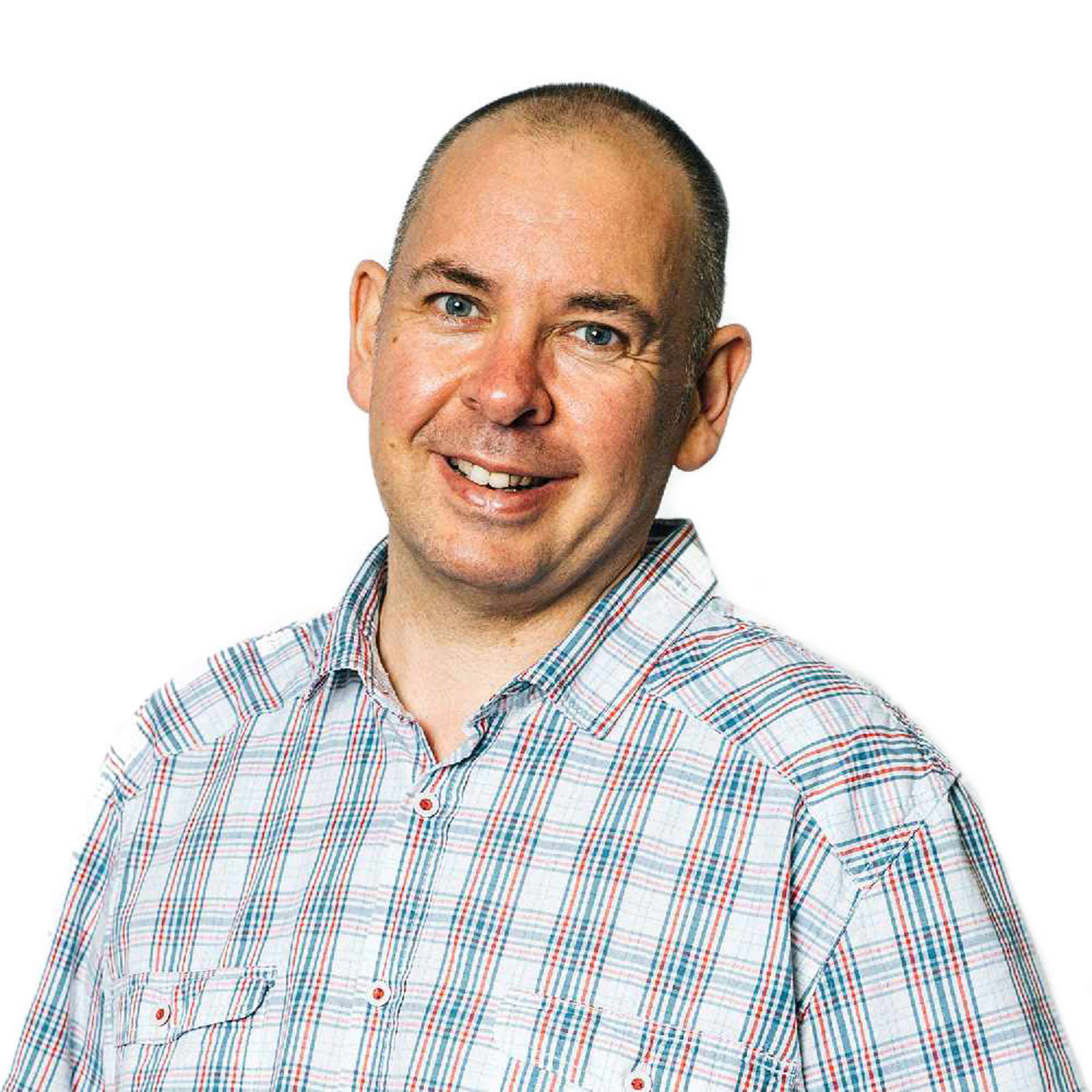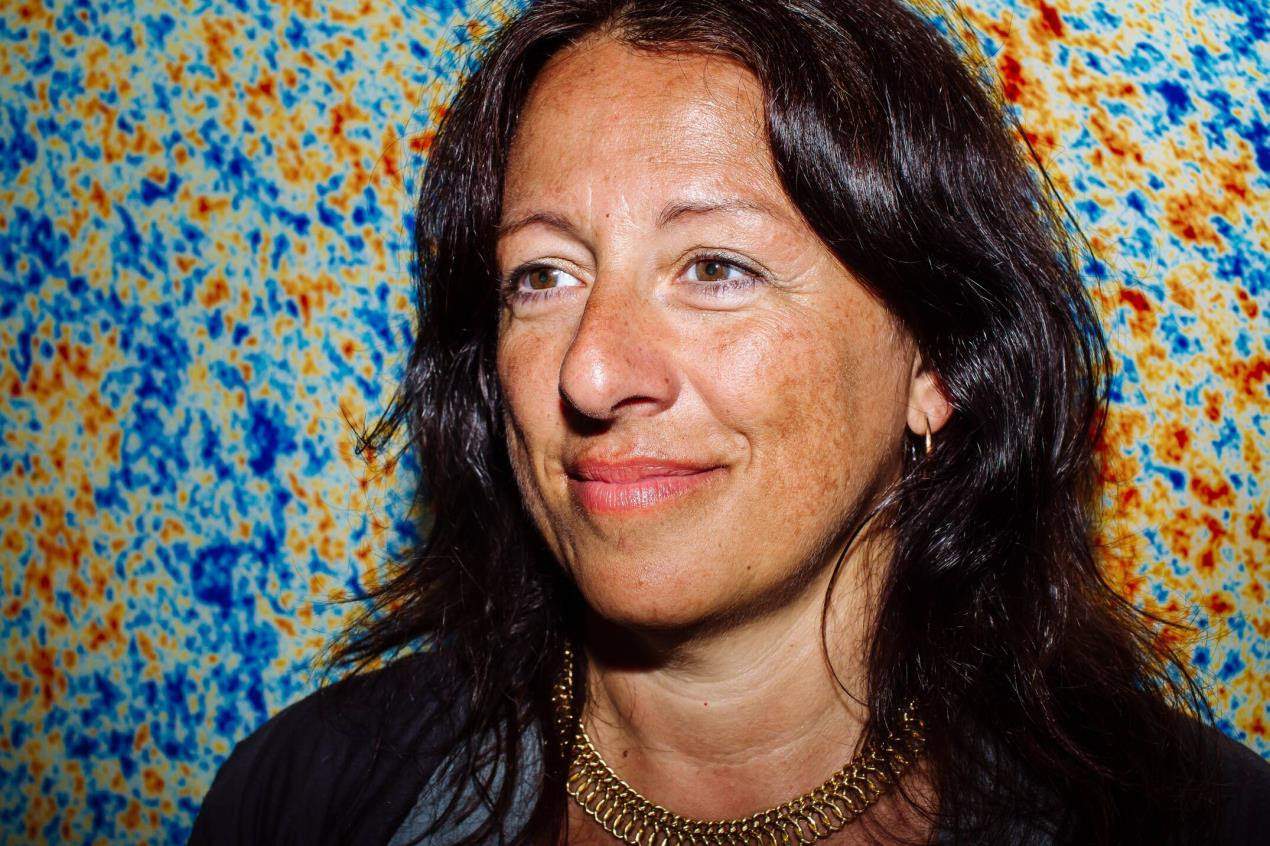
An astrophysicist from the University of Portsmouth will have the honour of joining one of the first missions on the James Webb Space Telescope, the successor of the Hubble Space Telescope.
When the James Webb Space Telescope (JWST) becomes operational later this year it will be the world's premier space science observatory. One of its first tasks will be mapping the earliest structures of the Universe. Professor Claudia Maraston from the University’s Institute of Cosmology and Gravitation is part of a team of nearly 50 researchers, led by scientists at Rochester Institute of Technology and University of Texas, who will attempt to do so through the COSMOS-Webb program, the largest programme selected for JWST’s first year.
Over the course of 208.6 observing hours, the COSMOS-Webb program will conduct an ambitious survey of half a million galaxies. The scientists involved said they will rapidly release data to the public so it can lead to countless other studies by other researchers.
Claudia Maraston, Professor of Astrophysics in the Institute of Cosmology and Gravitation and co-investigator of the programme, said: “The James Webb Space Telescope is the ultimate telescope for the exploration of the primordial Universe, where baby galaxies were born shortly after the Big Bang. It’s said that the step from any telescope to the James Webb is as large as the step from Galileo's early telescope to modern, eight-metre class telescopes.
“I cannot even imagine the wealth of discoveries that James Webb will allow and to be part of the project with the largest granted time on the telescope is just amazing. I cannot wait to place my models on those data and discover the physics of primordial galaxies. All this comes at no cost as the proposal was granted based on merit and not based on funding. I am very proud to be part of this selected pool of scientists who made this achievement possible.”
“The sheer scope of our programme is so exciting,” said principal investigator Jeyhan Kartaltepe, an assistant professor at RIT’s School of Physics and Astronomy. “The first year of Webb observations will result in a lot of new discoveries that people will want to explore more in-depth in future cycles. I think the public legacy of COSMOS-Webb will be that COSMOS will be the field where the community conducts this type of follow-up research.”
The survey will map 0.6 square degrees of the sky—about the area of three full moons—using JWST’s Near Infrared Camera (NIRCam) instrument while simultaneously mapping a smaller area of 0.2 square degrees with the Mid Infrared Instrument (MIRI). Through this approach, the scientists hope to achieve three main goals.
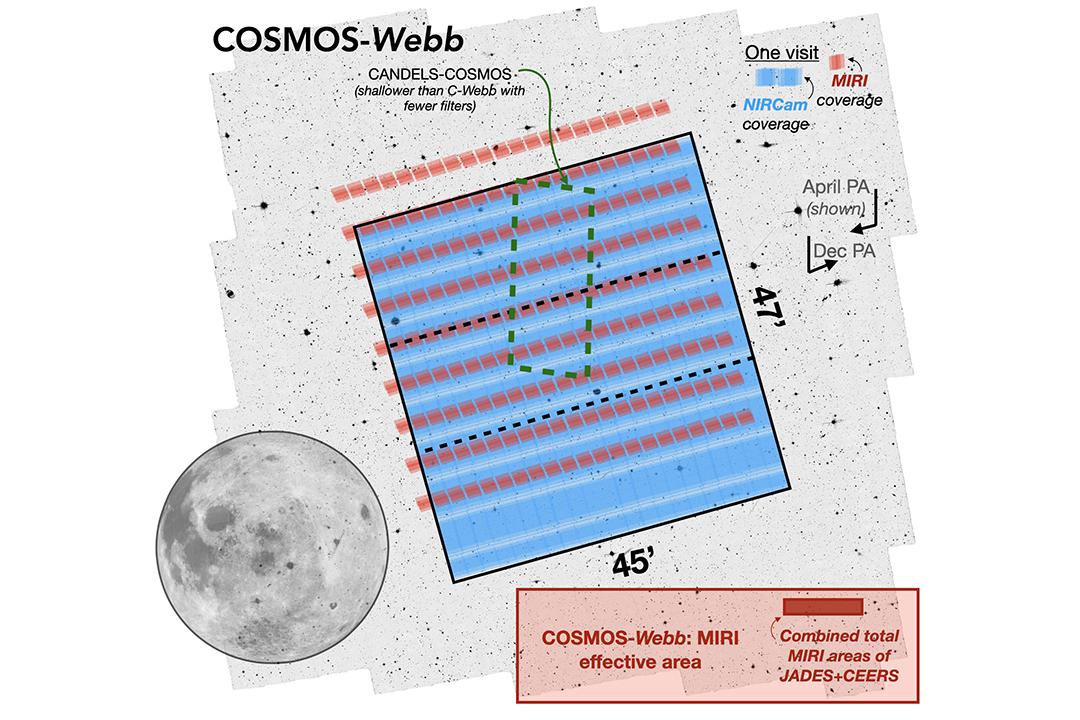
The first goal focuses on the epoch of reionization, which took place from 400,000 to one billion years after the big bang. When the first stars and galaxies formed, they provided energy to re-ionize the early universe and it likely happened in little pockets, not all at once. COSMOS-Webb aims to map out the scale of these reionization bubbles.
A second goal is to use the MIRI instrument to look for fully evolved galaxies at high redshifts that seemingly matured soon after the universe formed. Hubble Space Telescope (HST) has found examples of these galaxies, which challenge existing models about how the universe formed, so the hope is to find more examples of these high redshift galaxies and study them in more detail to understand how they could have evolved so rapidly.
The third primary objective makes use of a technique called weak lensing. Because gravity is sensitive to all kinds of matter including that we cannot see, scientists can use the distortions of light around galaxies to estimate the amount of dark matter. COSMOS-Webb will provide important insight about how dark matter in galaxies has evolved with the stellar content of galaxies over the age of the universe.
COSMOS-Webb is the largest of just 286 General Scientific Observer programmes selected out of more than 1,000 proposals for the telescope’s first year of science, known as Cycle 1. These specific programmes will provide the worldwide astronomical community with one of the first extensive opportunities to investigate scientific targets with Webb. NASA is currently targeting October 31 2021 for JWST’s launch.
